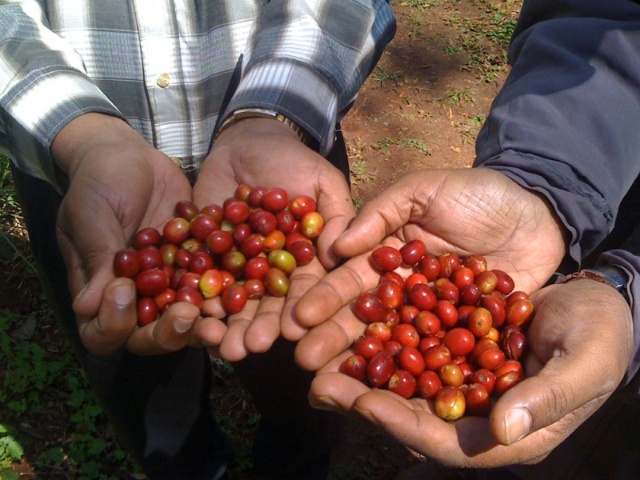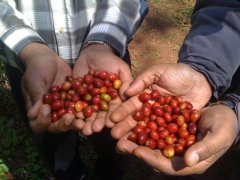Characteristics and Flavor changes of different treatments of Coffee and Raw Bean
Coffee fermentation is one of the most important steps in wet processing of coffee, which is related to the quality of coffee. Many people will ask what is the reason for fermentation? This problem is generally said to be for degumming; in fact, the mucus on the pericarp of coffee is an organic substance composed of sugar, enzyme, propectin and pectin, which can be dissolved by natural fermentation by bacteria and is easy to wash off; in addition, the "soaking" during fermentation can also make the various ingredients of coffee beans permeate each other and improve the uniformity of the product.

Wet-processed coffee (that is, what we call water-washed beans) should be completely removed no matter what method is used to remove the mucus, otherwise the residual mucus will provide favorable media to microorganisms and cause a strange smell in the coffee. Excessive or incomplete fermentation should be avoided in the process of fermentation, which will lead to the yellowing of the surface of coffee beans and affect the quality. Fermentation will not completely make the coffee endocarp with pectin, moisture absorption during storage, so that the coffee has a musty taste, so fermentation is the most critical in the initial processing process, different temperature environment fermentation time is also different, to rub hands have a rough feeling, after cleaning and then soak in water for 8-10 hours, you can dry on the bed, dry or dry for half a day.
Important Notice :
前街咖啡 FrontStreet Coffee has moved to new addredd:
FrontStreet Coffee Address: 315,Donghua East Road,GuangZhou
Tel:020 38364473
- Prev

How to master the degree and time of foam
First, the most suitable temperature for milk bubbles when the milk foams on the coffee machine, the suitable temperature yesterday was controlled in the range of 60 degrees to 70 degrees. The reason is: 1. If the temperature of the milk is lower than 60 degrees, the temperature of the coffee will be much lower, affecting the taste; 2, the lactose in the milk between 60 degrees and 70 degrees will be excited to make the coffee more fragrant, sweeter and smoother. 3. Milk above 70 degrees
- Next

How is decaf made?
At present, there are three ways to remove caffeine from coffee beans: 1. Water treatment can remove 9496% of the caffeine. 2. Chemical extraction method, early use chloroform (Chloroform), benzene (Benzene) as solvent to extract caffeine, later understand that these chemicals cause cancer, and gradually be replaced by other low-hazard chemicals, but after all, the chemical substances are not natural enough, this method can extract 96
Related
- What is the meaning of lactic acid fermentation with coffee bean treatment?
- How to judge the state of foam by sound?
- How does the latte pull out the unicorn pattern? Come to get for a little trick to improve the flower pull!
- Will flower pulling affect the taste of the latte?
- Do you know the history of coffee?
- The difference between honey treatment and sun washing what is raisin honey treatment?
- What kind of milk can a novice use to make coffee foam to keep the foam longer? The correct method and skills of milking tutorial sharing
- Why do washed coffee beans taste sour? Flavor characteristics of washed Coffee
- Introduction to the skill of how to practice the size and height of water injection around the circle of hand-brewed coffee
- How do beginners practice coffee flower drawing from scratch?

